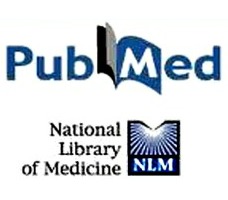Abstract
 INTRODUCTION:
INTRODUCTION:
The term “cannabinoids” designates a family of compounds with activity upon cannabinoid receptors. Cannabinoids are classified in three groups: phytocannabinoids, endocannabinoids, and the synthetic analogues of both groups. They have become a promising tool in the treatment of cancer disease, not only as palliative agents, but also as antitumor drugs, due to their ability to inhibit the proliferation, adhesion, migration, invasion, and angiogenesis of tumour cells. Two of the cancers where they have shown high anticancer activity are breast and prostate tumours. Despite this potential clinical interest, several studies have also reported that cannabinoids can stimulate the proliferation of cancer cells at very low concentrations.
AREAS COVERED:
The aim of this review is to evaluate the promising chemotherapeutic utility of phytocannabinoids, endocannabinoids, and synthetic cannabinoids in breast and prostate cancer.
EXPERT OPINION:
Cannabinoids, in particular the non-psychoactive CBD, may be promising tools in combination therapy for breast and prostate cancer, due to their direct antitumor effects, their ability to improve the efficacy of conventional antitumor drugs and their usefulness as palliative treatment. Nevertheless, deeper studies to fully establish the mechanisms responsible for their antitumour and pro-tumour properties and their formulation in efficient delivery systems remain to be established.
KEYWORDS:
Breast cancer; cannabidiol; cannabinoid receptors; endocannabinoid system; endocannabinoids; phytocannabinoids; prostate cancer; Δ9‐tetrahydrocannabinol
- PMID: 27633508
- DOI: 10.1080/13543784.2016.1236913
- [PubMed – as supplied by publisher]

